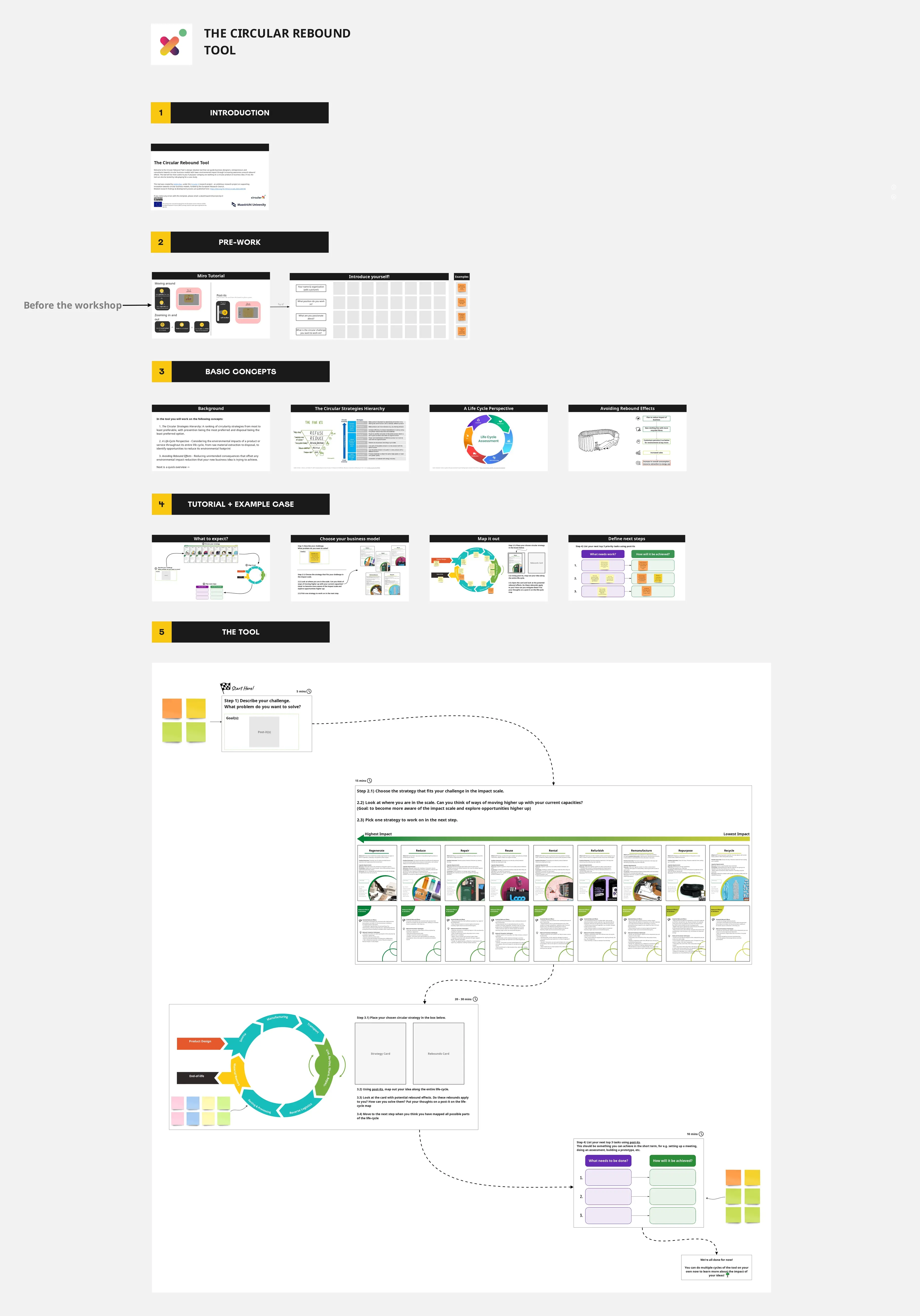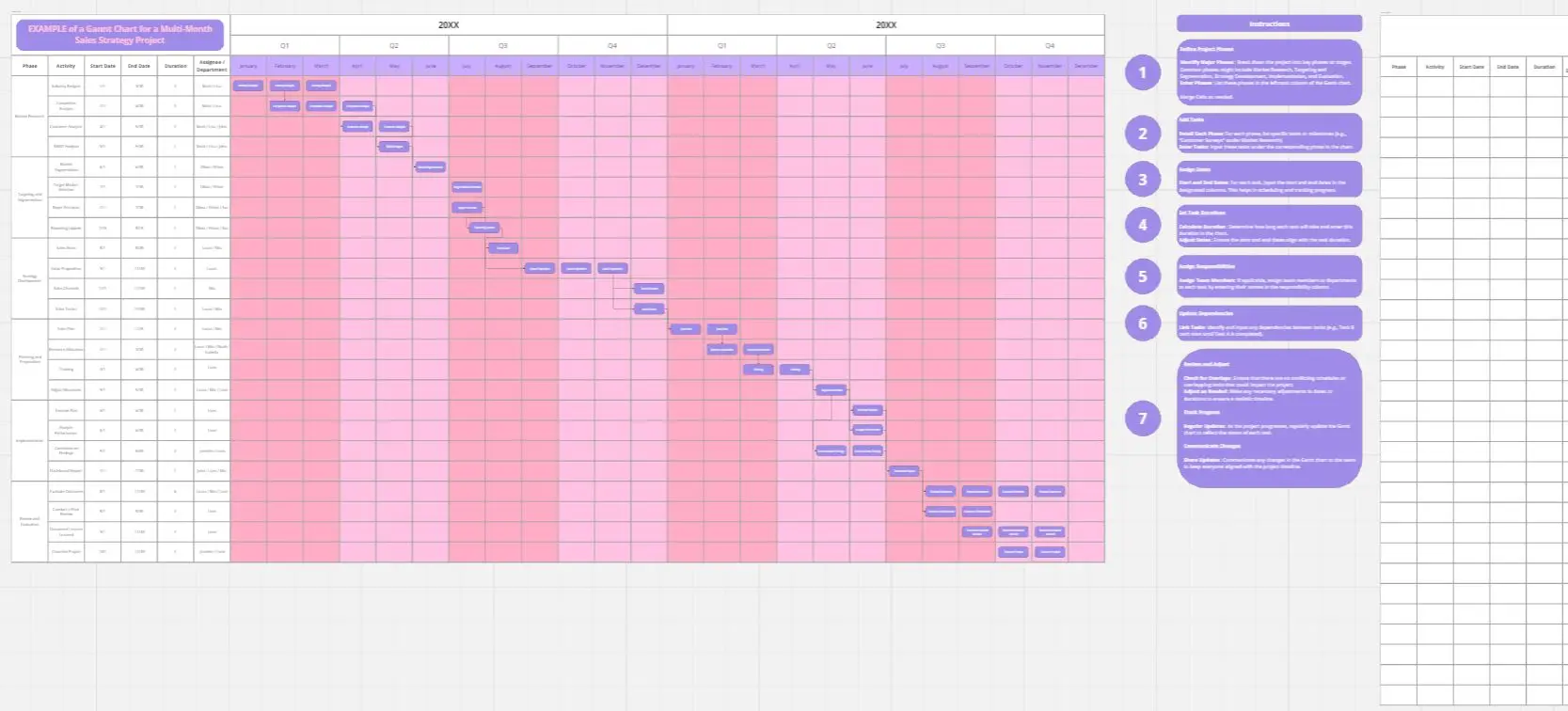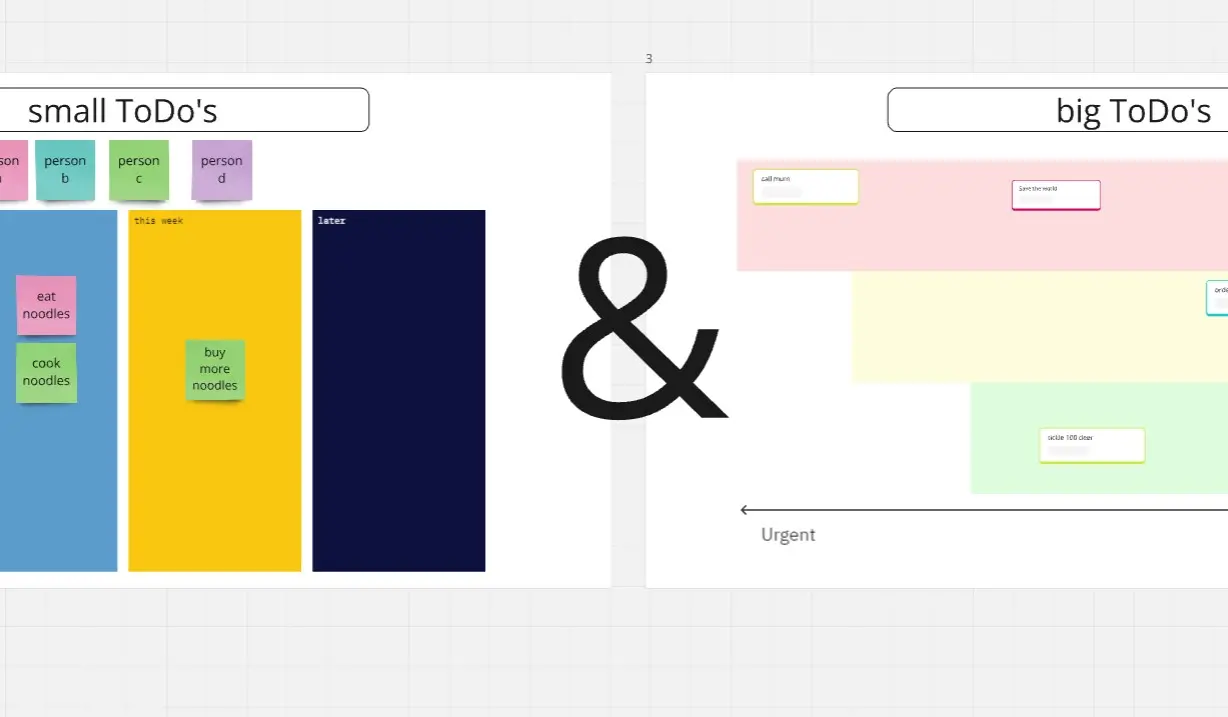1. What is DCODED?
The Distributed Collaborative Design Decision (DCODED) template is designed to facilitate design thinking and decision-making within distributed teams. This template provides a structured approach to manage the collaborative design process, ensuring all team members can contribute and stay informed about the project flow.
DCODED can be used at the start of each Sprint to structure the workflow and guide the team's design decisions.
2. What does DCODED help distributed team to achieve?
DCODED helps distributed teams to:
Improve communication and collaboration among team members.
Identify and document design forces such as functional requirements, technology selection, and deployment strategies.
Increase the sustainability of design decisions and reduce the effort required for documentation.
Improve the traceability of design decisions and emphasize team consensus.
3. Who would benefit from it most?
DCODED is ideal for:
Distributed software development teams.
Project managers and team leads overseeing remote projects.
Agile teams looking to improve their sprint planning and execution phases.
Any team aiming to enhance their collaborative design efforts and decision-making processes.
4. How to use it:
Select a Use Case: Start by choosing the use case(s) from your sprint backlog to create design decisions with your team. Fill in the checkbox next to the chosen use case and enter its name in the provided textbox.
List Design Forces: Review the provided categories of design forces with your team and list the most relevant ones for your use case(s). Check the comments for guidance.
Fill in the Architecture Design Record (ADR): Complete the ADR template with details specific to your use case(s). This includes fields like "Use Case," "Concern," "Option," "Alternative," "Desired Qualities," "Drawbacks," and "Additional Rationale."
ADR Evaluation Checklist: Discuss with your team and fill in the ADR checklist to gather instant feedback and align understanding on the ADR.
Assess Design Forces Impact: Evaluate the impact of each design force by assigning a score from 1 to 5, with higher scores indicating greater impact.
Share Finalized ADR: Share the completed ADR with your team, ensuring all members are informed and aligned on the agreed decisions and design forces for the use case(s).






